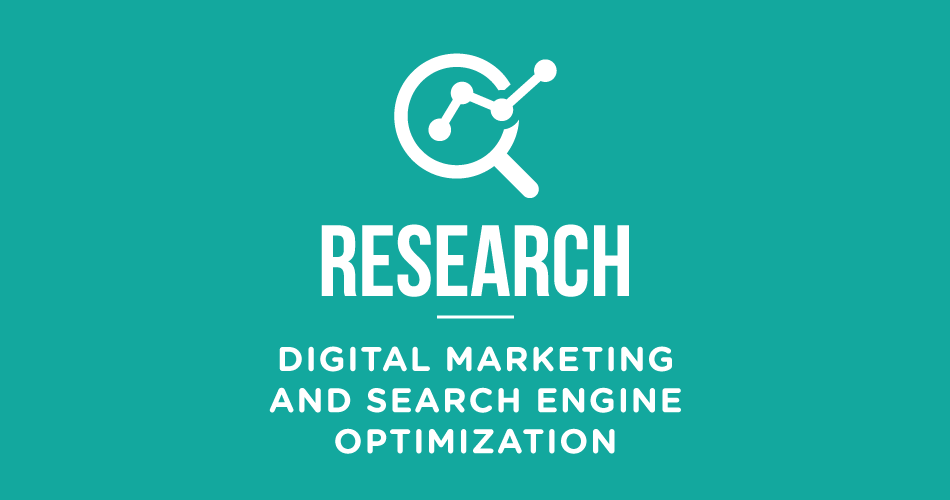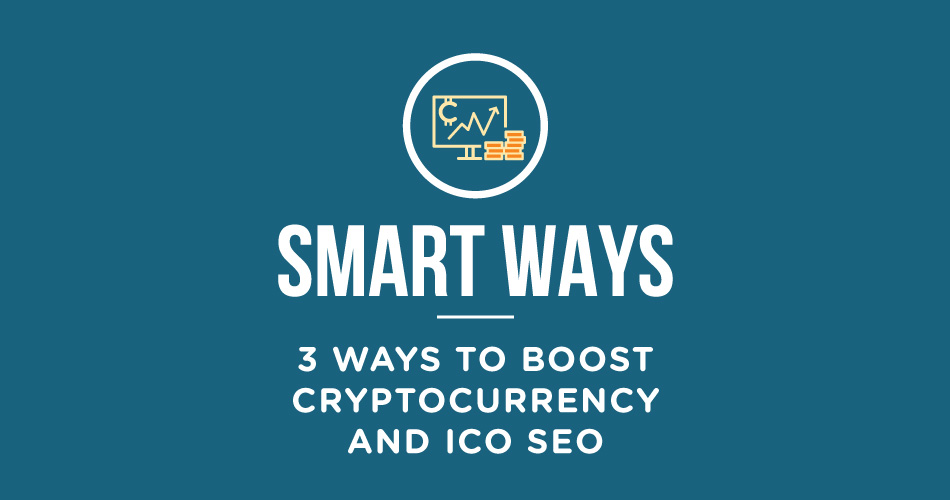Paid search is one of the best ways to attract inbound traffic to your website. More traffic means more customers and more customers translates into more conversions. However, if you’re new to paid search, you might make a few rookie mistakes that will probably increase your overall costs. So, how do you know if you’re getting the best results for your money? Below are 3 tips for getting ready for paid search.
Research The Different Types Of Ads
Understanding the different types of ads that you can purchase is the first step towards paid search. Here are the two most used types of paid advertising that you could opt for:
- Banners – this type of ad is probably the one you’re most familiar with. Long gone are the days when you could visit a website and not see at least one or two banner ads on the sides of the pages. The main advantage of banner ads is their versatility when it comes to size and content. You can have multiple seamlessly integrated ads on the same page, each leading your customers where you want them to. If done correctly, banner ads can attract customers who aren’t even searching for what you have to offer.
- Text – unlike banners, which are usually posted on various web pages, text ads are more commonly seen on SERPs (search engine results pages). Due to their nature, text ads are less expensive than banner ads. By opting for these ads, you’re tapping into potential customers that are already looking for what you have to offer. Your text ads will appear in the search results of someone looking for a related product or service.
Understanding the different mediums
Having covered how each of these two types of ads can be used, we can now move to understanding the different mediums where you can list them in order to gain new customers.
- Google Ads – an obvious first pick for anyone trying to reach out to as many people as possible through paid search. Google Ads offers both banners and text ads that are associated with a targeted keyword. If you do your keyword research well (more about that below), successful ads can be created without having to pay large sums of money. As a bonus, Google Ads offers its long-term customers better ad coverage.
- Social Media – without a doubt, a good social media campaign would be highly beneficial to any business. Billions of people use at least one of the most popular social media platforms on a daily basis. Whether it’s Facebook, Instagram, LinkedIn or StumbleUpon, posting your paid ads on these platforms can increase your traffic substantially. For more professional ads, consider using LinkedIn more than the other platforms.
- Bing & Yahoo! – although not as popular as Google when it comes to searching the internet, both Bing and Yahoo! offer very good results when it comes to paid search. The same banner and text ads paired with targeted keywords are available. While not as many people will see these ads as they would if you would be posting them through Google Ads, some studies have shown that the return on investment is better in the case of both Yahoo! And Bing.
The best tip for beginners is to not settle for just one of these options. Try out as many as your budget allows and analyze what you’re getting in return. There’s no “one-size-fits-all” approach when it comes to paid search. The results vary greatly based on the type of company that you’re running, its customer’s demographics, and more.
Use Long-Tail Keywords For The Best Results
Knowing the types of ads and where you can list them is only one part of understanding paid search. Another important part is understanding how to actually target the right people with the ads. That is done through keyword research. More importantly, long-tail keyword research. If you’re not sure about the specific keywords that are being used in your niche, Google Ads can give you a helping hand. However, using it won’t solve your most pressing problem: attracting as many new clients as possible. What Google Ads does is show you the most searched for keywords. Usually, these are short-tail keywords or head keywords. While these keywords get more hits, they do not have a high rate of conversion.
This is where long-tail keywords come into play. Using this type of keyword will ensure that you are targeting specific clients who are searching for exactly what you have to offer. Think of it this way. When you first go online in search of something, you’re going to use generic search words, like “hoodie” or “flat screen TV”. Once you see the offers from different vendors and you analyze the market, you’re going to narrow down your search by adding more keywords to your search. “Hoodie” may turn into “red hoodie with pockets”. Once you’re this far down the line, you’re more likely to make a purchase because you already know exactly what you want.
The biggest mistake you can make during this step is investing large amounts of money in head keywords that won’t bring you enough conversions. The best return on your investment will come from long-tail keywords that are relevant to your niche. You’d be spending less money on higher conversion rates.
Having A Landing Page Is A Must
Many business owners completely overlook the importance of having a landing page on their company website. Not having your visitors landing on your homepage might sound counter-intuitive at first. However, a landing page allows you to create a tailored message that creates a more immersive experience for your potential customers. Create your banner or text ads around the content of your landing page and you will see the best results.
One important thing that you should remember is that you should block custom landing pages from being indexed by search engines. This allows for better analytics of your paid ads. Making it possible for non-paid visitors to reach your landing page will offer a skewed overview of the effectiveness of your paid search campaign.












